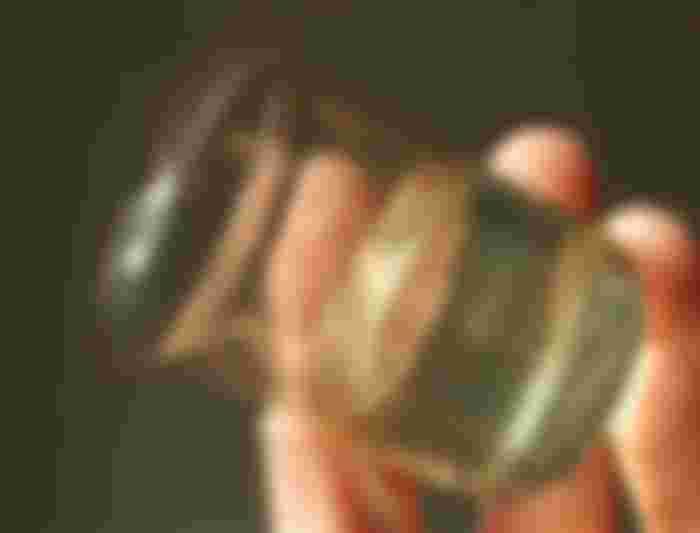
# Liquid_class
In an instant, a wall can change from transparent to opaque or become colorful. A picture of a strange color may suddenly appear on the side of a busy road, the patient's body in the hospital may automatically reveal changes in the temperature of different parts of his body. None of this is possible for the sake of liquid crystal.
A liquid is a phase of an object that has a specific volume but no specific size. But why is a certain object liquid, why not solid or gaseous? In fact, the behavior of matter is not predetermined by its atomic structure, but by the arrangement of atoms.
When an object is in a solid state, its molecules are strong. Under normal conditions, the electric charge of each molecule is neutral, because the number of negative electrons orbiting the nucleus is equal in different orbits. When these charge-neutral molecules come close, the loosely bound electrons in the outer chamber of the atom rearrange. How this rearrangement takes place is governed by a principle of minimum energy. In order to win a game of chess, just as a player can give different moves according to the rules of playing chess, it is also possible to rearrange the electrons only by following some quantum rules.
The behavior of the molecules of atoms is determined by the distance and arrangement of the molecules so that their combined strengths get the minimum value. One of the total energies of this organized atom is static energy and one is kinetic energy. This static energy is created by the mutual attraction of positive and negative charges, and its value is always negative, that is, if the atoms of an object are attracted to each other by electrical attraction, the decrease in its energy is responsible for the atomization.
Just as we are trapped on the earth's surface by the gravity of the earth, so the atoms that make up the crystal are bound by mutual attraction. The only difference is that our bond with this earth is gravitational, but in the case of solid matter this force of attraction is electric. How strong this gravitational force will be depends on how much static and potential energy is reduced.
When we heat an object, its kinetic energy increases due to the movement of its atoms. As the temperature rises, so does the speed of this rush. At a time when the molecules of the atoms are loose enough, they go into a liquid state. In this liquid state, the bonds of the atoms to their nearest neighbors last fairly long. But this bond with distant neighbors does not exist. This is because positive kinetic energy tries to untie the molecules and negative kinetic energy tries to hold them. As long as the value of the negative potential energy is greater than the positive kinetic energy of the heat, the atoms remain part of the assembly. Thus in both solid and liquid the negative potential energy is greater than the positive kinetic energy. And in the case of liquids, the kinetic energy is close to the negative static energy. If the amount of kinetic energy exceeds the positive energy by increasing the temperature further, then we get the gaseous state. This is because in this state of matter, the atoms are free of bonds with each other.
We call the solid and liquid phases the solid state of matter. Because in both cases the inter-atomic bond binds an assembly of atoms together, in the case of heat-induced kinetic energy it is less than negative static energy. If the molecules of an object in a solid state create an orderly arrangement, we call it a crystalline state. On the other hand, if molecules move randomly due to their kinetic energy but do not get enough kinetic energy to be free from assembly, then we get a liquid. Crystalline fluid is a state between these two phases. In this case, the molecules of the liquid form partially arranged clusters of molecules which are characterized by liquid and crystal at the same time. Although the orderly molecules behave like crystals, each molecule can again move like a liquid molecule. Liquid crystals therefore move very slowly in the form of highly viscous and condensed liquids. Here the molecules are usually arranged in the form of small rods in the form of isolated moving crystals with two ends charged electrically.
The active attraction between these reversely charged particles aligns them. The more these crystalline clusters are aligned, the more crystalline liquid we get. If we can spread this crystalline liquid on a solid like a thin sheet, then we can use it as a two-dimensional crystal. How a light acts on a frozen composite object depends on the molecular arrangement of the frozen object. In fact light since the change of an electro-eye wave affects the crystalline fluid emitted from the blue field.
If the vibration of an electron is such that it is resonated by an incident light ray, it will absorb energy from the light wave. As a result, light cannot pass through the object. Such objects are actually opaque, such as metallic sheets. On the other hand if the power of the incident light ray. If the electrons of an object cannot absorb them, their instinctive vibrations are different from the vibrational rate of the light wave, so the light will pass through the object easily and we will see the object transparently. Such as glass. When the electrons of an object absorb the energy of light and return it, we get a reflected ray. This is why when light is cast on a smooth metallic surface, it is almost reflected back to all ales. In the case of an object in the corner, it may be that it reflects only at special wavelengths. This is because the electrons of the vibrational element are present in the object in order to absorb and return the vibrational vibrations of this particular wave.
The characteristic of a liquid crystal is that it behaves in the same way as a crystal by arranged molecules, but at the same time can change the position of these clusters rapidly according to the liquid. If we make this liquid crystal. Externally we can control it by telling the order of its chained favors, then in many ways we can use this liquid crystal. Some liquid crystals are particularly heat sensitive. This type of liquid crystal easily absorbs or reflects light of different colors for slight temperature changes. When such liquid crystals are spread in the body of the patient, the change in body temperature is easily visible. If there is an abscess or tumor anywhere in the body, it can be easily identified by liquid crystal. Liquid crystals are being used in digital clocks, calculators, etc., or for traffic signals on busy roads. Liquid crystals can be used to display photographs or create colorful patterns anywhere.
It is now known that liquid crystals are spread by covering the nerves of our body. Liquid crystal is very sensitive to temperature and can be used to show temperature changes in a very subtle way. Liquid crystal is actually a state of inertia - which can be called a new phase of matter. By combining all the research that has been done on the liquid state and crystalline state of matter and inventing all new liquid crystals, we can create a new possibility in the field of technology which has already begun.

That was quite informative dear